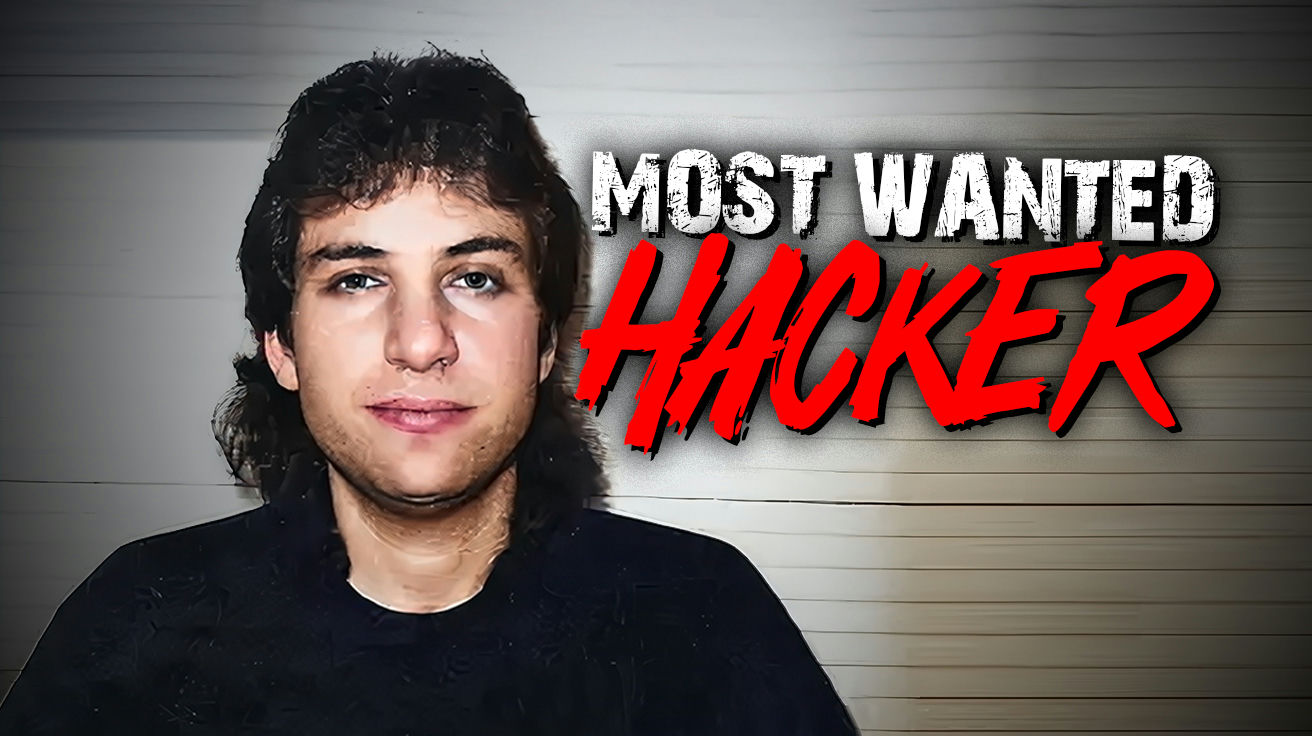In the shadowy corners of 1980s tech culture, Kevin Mitnick rewrote the rulebook on security threats. Armed with just a telephone and uncanny psychological insight, he orchestrated notorious corporate breaches that revealed an uncomfortable truth: no firewall can stop someone who makes you hand over the keys.
His techniques, now known as social engineering, exploited a vulnerability no programmer could patch—human trust. While tech giants poured millions into digital defenses, Mitnick simply called employees, assumed authority, and watched as they surrendered passwords. This revelation fundamentally altered cybersecurity, forcing recognition that technology alone cannot protect sensitive information.
The Kid Who Hacked The Bus System

Before topping the FBI’s most wanted hackers list, young Kevin’s Los Angeles childhood set the stage for his exploits. Raised by a single mother working double shifts, he discovered at 12 that bus punch cards had exploitable patterns, scoring free rides. This period also sparked his interest in magic tricks—teaching him about human perception and manipulation.
Phone phreaking became his teenage obsession, hacking for intellectual thrill rather than profit. With friend Lewis De Payne, he once hijacked McDonald’s drive-thru speakers, confusing customers with unexpected responses. These weren’t random acts but early expressions of his talent for finding system vulnerabilities—both technical and human—that would later make him infamous.
Trust As The Ultimate Skeleton Key

Physical security systems of the 1980s never stood a chance against Mitnick’s methods. Creating convincing employee badges took minimal effort with basic software. His genius was exploiting human psychology—following legitimate employees through secure doors, knowing few would challenge someone who appeared to belong.
Despite accessing millions of credit card numbers, he never used them for financial gain. The payoff came from solving the human puzzle protecting valuable systems. Security professionals now understand this psychological profile when designing defenses. By recognizing that some attackers are motivated by control rather than profit, organizations implement protections addressing both technical and human vulnerabilities.
The Corporate Castle Walls Come Tumbling Down

The Pacific Bell breach exposed corporate America’s security blindspots during early digital transformation. Mitnick walked into facilities after convincing a guard of his legitimacy—no hacking required. After stealing technical manuals, he gained unprecedented insight into telecommunications infrastructure, earning three months in juvenile detention.
His ambition escalated with the Digital Equipment Corporation hack, targeting their proprietary VMS operating system with help from associate Lenny DiCicco, who later betrayed him over a $150 bet. At Motorola, he became “Rick from R&D,” using technical jargon and artificial urgency to obtain code for their MicroTAC Ultra Lite phone. Each success revealed how technical knowledge combined with persuasion could bypass millions in security infrastructure.
When The Hunter Becomes The Hunted

Few fugitives develop counter-intelligence capabilities comparable to agencies chasing them. Suspecting fellow hacker “Eric” was an informant, Mitnick set up an elaborate trap with a monitored phone line that ultimately exposed Eric as Justin Tanner Petersen, an FBI informant. Game recognized game.
Mitnick infiltrated PacTel’s systems to access FBI records and installed equipment to detect surveillance frequencies, even identifying Special Agent Ken McGuire’s cell phone. These techniques bought temporary freedom but entangled innocent family members. His grandmother spent hours anxiously waiting during one operation, causing Mitnick lasting remorse. Modern forensics teams study these cases while considering ethical implications.
Ghosts In The Machine: Life Underground

Survival as America’s most wanted hacker required complete identity reinvention. As Eric Weiss (Harry Houdini’s birth name), Mitnick built an entirely fabricated existence, infiltrating credit agencies and manipulating a Social Security Administration employee. Landing an IT job at a Denver law firm completed the illusion—the fugitive worked alongside the legal system hunting him.
When pressure mounted, he relocated to Seattle as Brian Merrill, using a deceased infant’s identity. Despite headlines as “Cyberspace’s Most Wanted,” he maintained tech employment until his final stop in Raleigh, where a casual conversation about the FBI manhunt for a “superhacker” contributed to his unraveling. These incidents exposed fundamental flaws in identity verification systems since addressed through multi-layered authentication.
The Fall Of The Digital Outlaw

The end began after Mitnick hacked security expert Tsutomu Shimomura’s personal computer—a critical miscalculation. What might have been another challenge became personal when Shimomura deployed advanced monitoring tools to track the intruder. The pursuit ended when Shimomura’s team discovered stolen files on an early online platform called The Well.
The justice system’s response proved controversial. Prosecutor Leon Weidman made sensationalist claims about Mitnick launching nuclear missiles by whistling into telephones. These exaggerations resulted in eight months of solitary confinement, an unusually harsh measure for non-violent offenses. Denied access to electronic evidence, his case sparked the “Free Kevin” movement. The disconnect between allegations ($300 million in damages) and court-ordered restitution ($4,125) revealed profound misunderstandings about early cybercrime.
From Digital Outlaw To Security Guru

The transformation from notorious hacker to respected security consultant represents security’s uncomfortable truth—sometimes it takes a thief to catch one. After prison, Mitnick channeled his expertise into Mitnick Security Consulting, helping businesses identify vulnerabilities through authorized testing and awareness programs.
He found personal stability later in life, marrying Kimberley after meeting at a cybersecurity conference. Until his death from pancreatic cancer in 2023 at age 59, he remained a sought-after expert. His journey from digital outlaw to respected authority continues inspiring professionals who recognize that understanding attack methods forms the foundation of effective defense strategies.
The Ghost of Mitnick: Modern Security Landscapes

Despite sophisticated technologies and billion-dollar investments, Americans lost $10 billion to fraud last year—with imposter scams leading the charge. These attacks exploit the same human trust vulnerabilities Mitnick pioneered, proving his methods remain devastatingly effective.
Mitnick’s legacy fundamentally altered how organizations approach security, transforming awareness training, verification protocols, and access management. Organizations now implement layered approaches inspired directly by lessons from his exploits. As technology evolves, one constant remains: the human element represents the most vulnerable point in any security system. The ghost of Mitnick lives on in every protocol designed to prevent social engineering attacks.




























